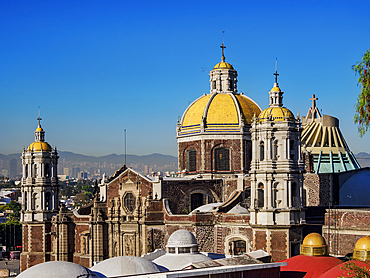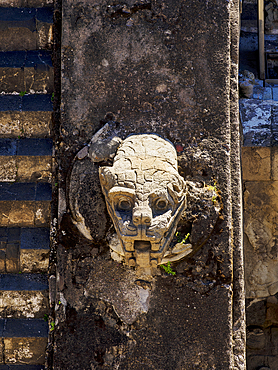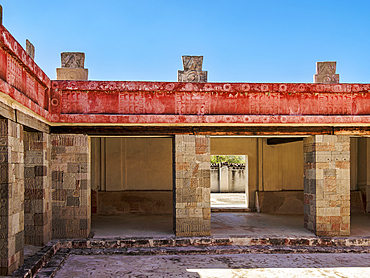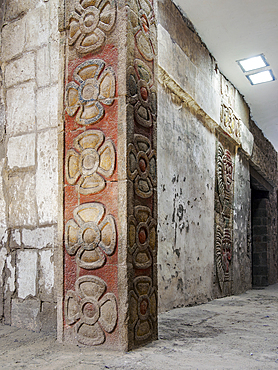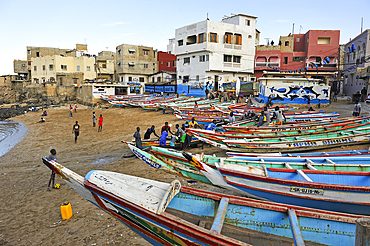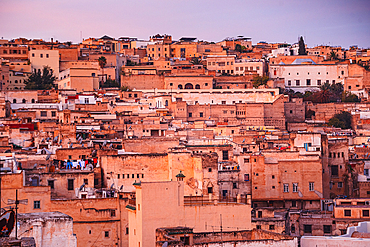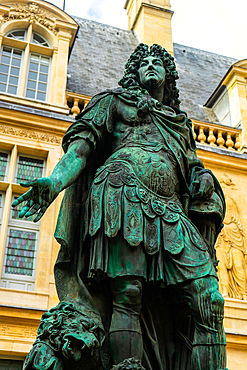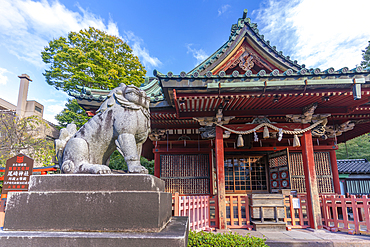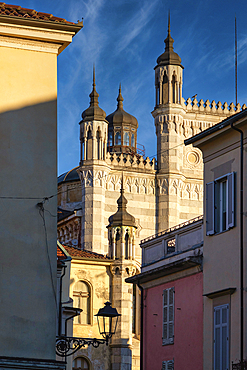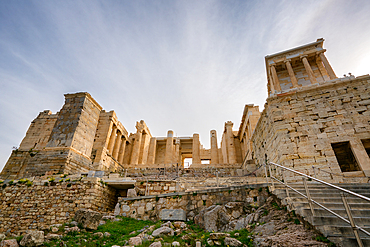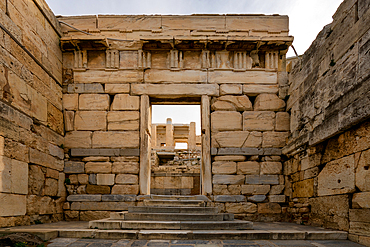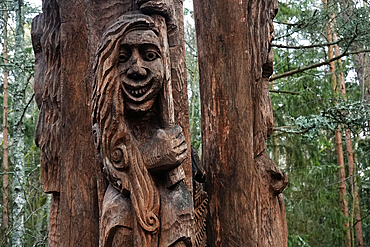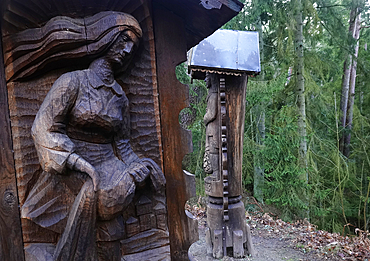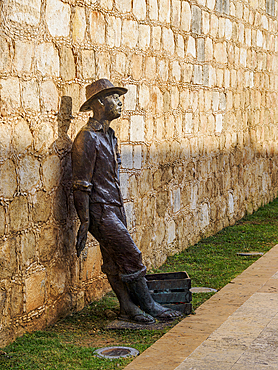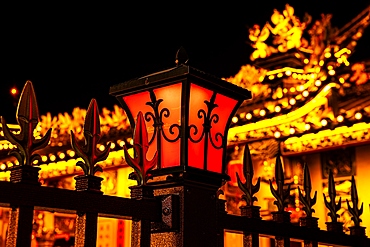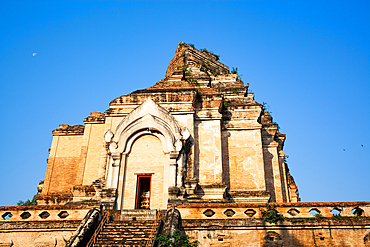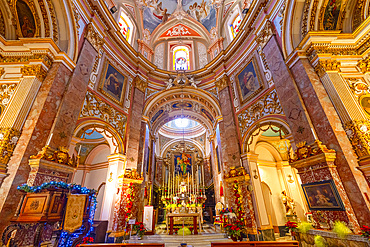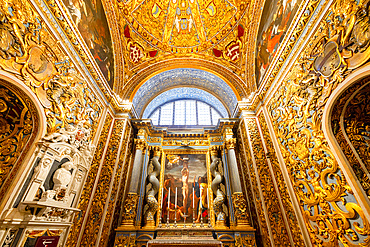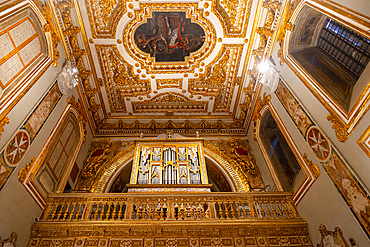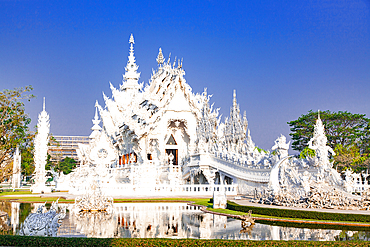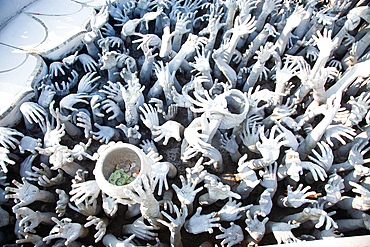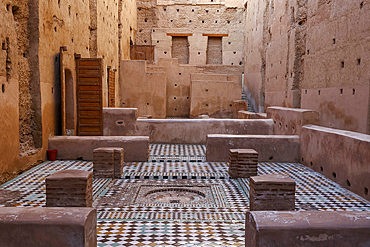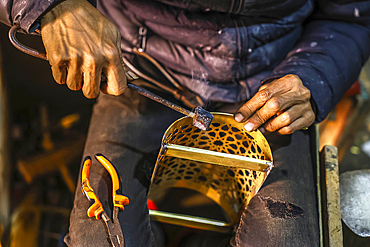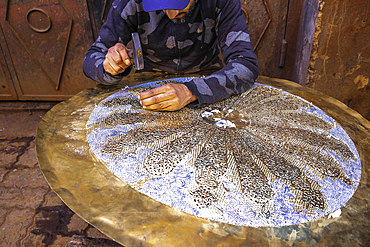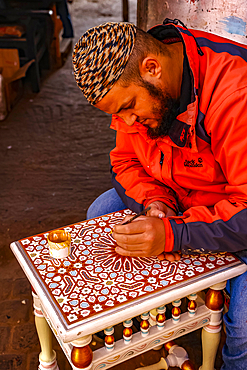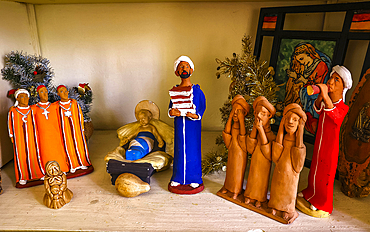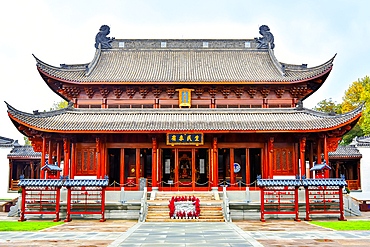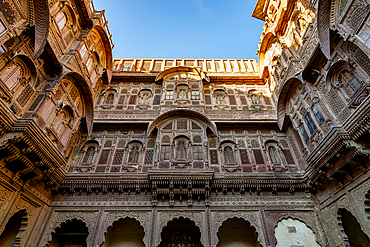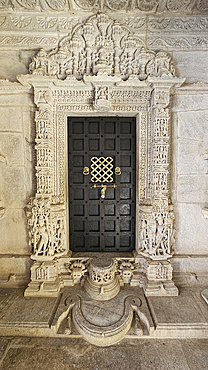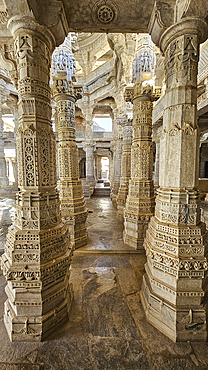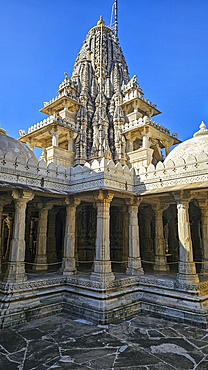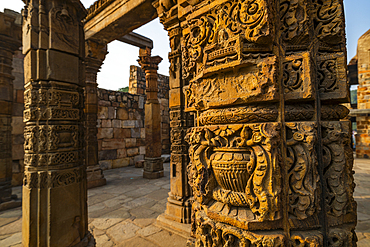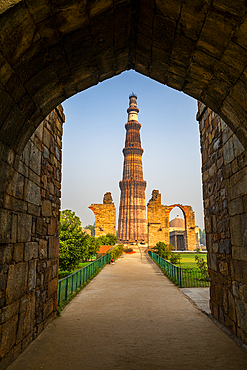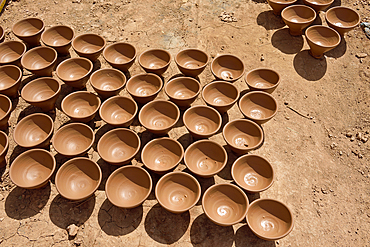Results
« Previous 1 … 3 4 5 6 Next »
600 results found

Sculpture at the gardens of Basilica of Our Lady of Guadalupe, Villa de Guadalupe, Mexico City, Mexico
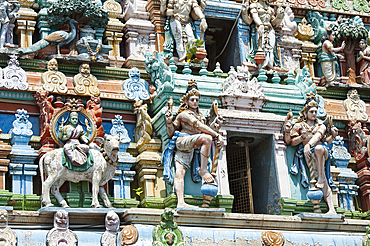
Details of high relief on the western Gopuram (gate tower) at Kapaleeshwarar Temple in Mylapore district, Chennai (Madras), Coromandel Coast, Tamil Nadu state, South India, Asia
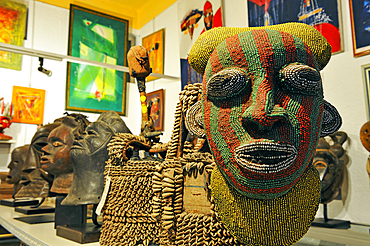
Bamileke beaded mask from Cameroon, Galerie Antenna, African arts, 9 Felix Faure Street, Dakar, Senegal, West Africa

View of Mochi, traditional Japanese confectionery and tea in the Higashi Chaya District, Kanazawa City, Ishikawa Prefecture, Honshu, Japan

View of Mochi, traditional Japanese confectionery and tea in the Higashi Chaya District, Kanazawa City, Ishikawa Prefecture, Honshu, Japan

View of young ladies wearing Kimonos in the Higashi Chaya District, Kanazawa City, Ishikawa Prefecture, Honshu, Japan

View of Hisago-ike Pond, Kaiseki Pagoda and waterfall in Kenrokumachi Japanese Garden, Kanazawa City, Ishikawa Prefecture, Honshu, Japan
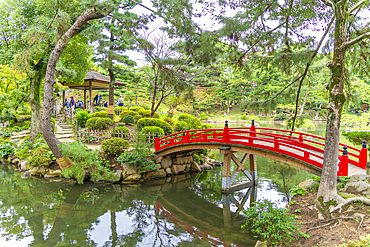
View of red footbridge over Takueichi Pond in Shukkeien Garden, Kaminoboricho, Naka Ward, Hiroshima, Honshu, Japan
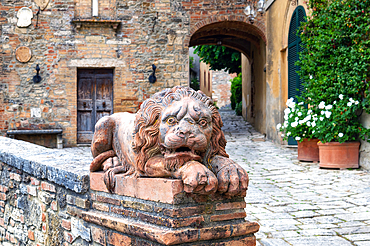
A stone lion guarding the traditional village of Lucignano d'Asso, comune of Montalcino, Tuscany, Italy
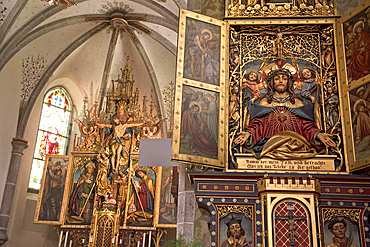
Retables inside the Church of Riva di Tures (Rein in Taufers), Riva Valley (Val di Riva) (Reintal), South Tyrol (Alto Adige), Italy
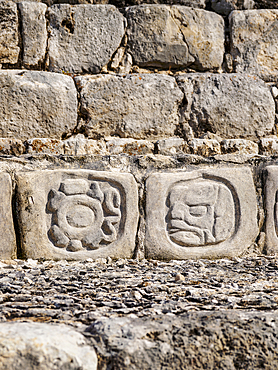
Petroglyphic Staircase at the Temple of Five Floors, detailed view, Great Acropolis, Edzna Archaeological Site, Campeche State, Mexico
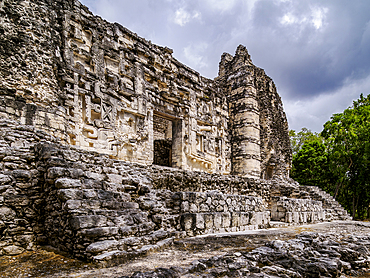
Structure II with menacing jaws of the serpent god Itzamna entrance, Hormiguero Archaeological Site, Campeche State, Mexico

Spectacular Iron Flower performance in WuNvZhou Resort, Wuyuan County, Shangrao, Jiangxi Province, China
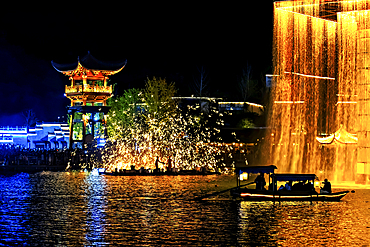
Spectacular Iron Flower performance in WuNvZhou Resort, Wuyuan County, Shangrao, Jiangxi Province, China
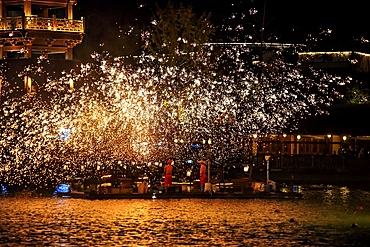
Spectacular Iron Flower performance in WuNvZhou Resort, Wuyuan County, Shangrao, Jiangxi Province, China

Statue of the friar Diego de Landa in front of the Convent of San Antonio de Padua, Izamal, Yucatan State, Mexico
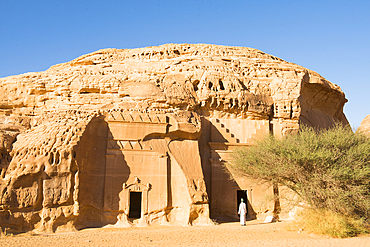
Tombs carved into sandstone rock of Jabal Banat (Qasr Al-Bint) area in site of Hegra (Madain Salih), UNESCO, AlUla, Medina Province, Saudi Arabia
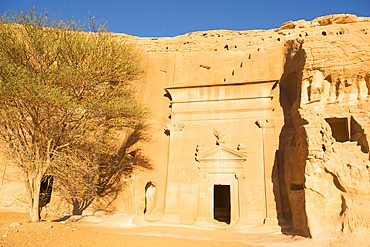
Tombs carved into sandstone rock of Jabal Banat (Qasr Al-Bint) area in site of Hegra (Madain Salih), UNESCO, AlUla, Medina Province, Saudi Arabia

Water Margin characters, Yingge Dance, of the Chaozhou and Shatou area, performed at a parade in Puning City, Guangdong Province, China
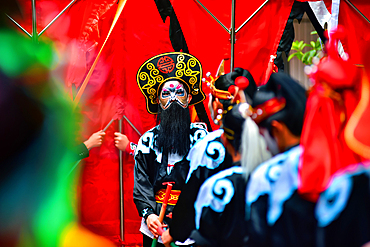
Yingge Dance, native dance of Chaozhou and Shatou dating from the Yuan Dynasty, performed at parade in Puning City, Guangdong Province, China
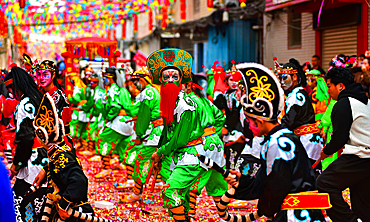
Yingge Dance, native dance of Chaozhou and Shatou dating from the Yuan Dynasty, performed at parade in Puning City, Guangdong Province, China

Intricate porcelain inlay sculptures on rooftops of Chenghuangmiao (City God Temple) of Puning City, Guangdong Province, China

The Oratory of St. John's Co-Cathedral with The Beheading of Saint John the Baptist by Caravaggio, UNESCO, Valletta, Malta
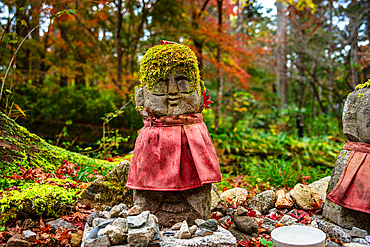
A moss-covered Warabe-Jizo statue wearing a red bib, surrounded by vibrant autumn leaves and peaceful greenery, Kyoto, Honshu, Japan

A joyful Warabe-Jizo statue cradling a child, decorated with a red maple leaf, amidst vibrant autumn grass and leaves, Kyoto, Honshu, Japan
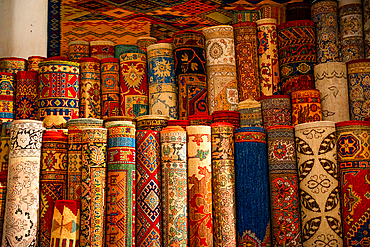
Stacks of vibrant handwoven Moroccan rugs and carpets displayed in a traditional shop in Fes, Morocco
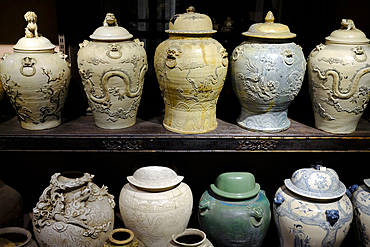
Fito Museum (Museum of Vietnamese Traditional Medicine), pottery containers for medicinal liquor, Ho Chi Minh City, Vietnam

Swiss Guards preparing for swearing-in ceremony in San Damaso Courtyard, Vatican City, Rome, Lazio, Italy
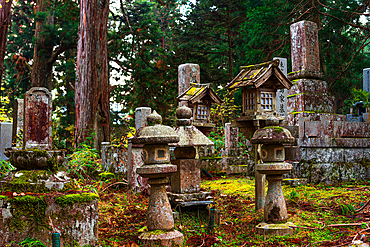
Peaceful cemetery scene with stone lanterns and gravestones nestled among towering trees in Koyasan (Mount Koya), Honshu, Japan

Calouste Gulbenkian Museum, Acciaiuoli Missal, 15th century Italian manuscript on parchment, Lisbon, Portugal
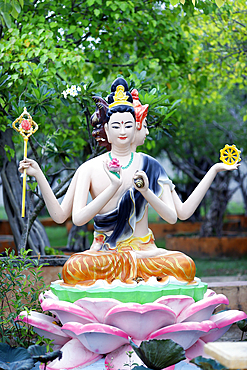
Quan Am Phat Dai Buddhist temple, Quan Am (Quanyin) (Bodhisattva of Compassion) (Goddess of Mercy), Bac Lieu, Vietnam

Religious Islamic text, The Quran, over 6000 verses in 114 capters called Surahs, paper and digital Quran, Vietnam
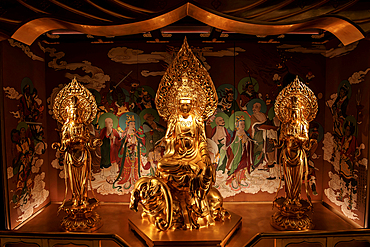
Exquisite Buddha statues in Wanfo (Ten Thousand Buddha) Pagoda, reconstructed 2014, Jinhua City, Zhejiang Province, China
